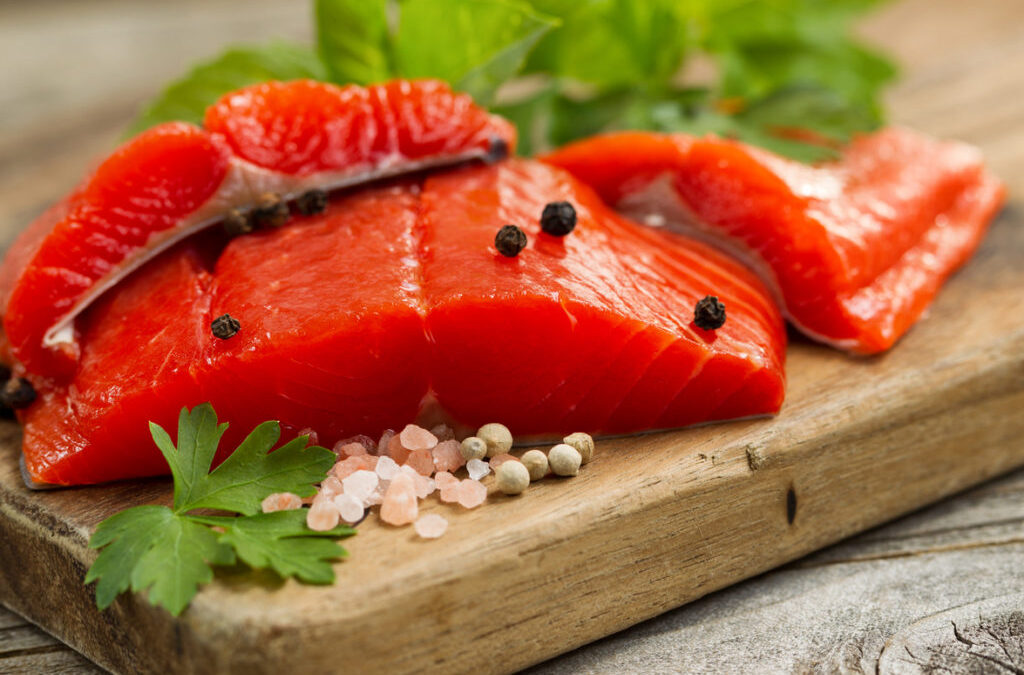Diet options are as varied as the many choices we make every day. The paleo diet is one of the most popular (and arguably one of the most controversial) diet choices available. Understanding the pros and cons of the paleo diet can help you determine whether this is an appropriate option for you to achieve your weight management goals.
What is the Paleo Diet?
The Paleolithic diet, also known as the paleo or hunter-gatherer diet, is embraced by some and heavily debated by others. Created by Dr. Loren Cordain in 2002, the diet’s premise focuses primarily on the idea that present-day consumers have many diseases and health conditions because of poor nutrition options that did not exist before agricultural advancement years ago. By going back to the basic food options our ancestors ate before the farming boom, proponents of the paleo diet argue we will inevitably erase many complications brought on by foods introduced in later years.
Paleo Diet Foods
So what diet did our hunting ancestors follow millions of years ago? According to Dr. Cordain and paleo enthusiasts, they would have had access only to animals in the wild and naturally growing vegetation. As such, the modern-day paleo recipes include only meats from grass-fed or wild animals and fish, leafy and root vegetables, fruits and nuts. Those following the plan closely are encouraged to avoid anything introduced through farming – beans, sugar, grains, cereals, dairy products and processed foods should be avoided, due to the belief that they may have deleterious effects on our health.
What Can You Eat on the Paleo Diet
| What’s In | What’s Out |
|---|---|
| Lean meat (grass-fed or wild) | Cereal grains |
| Fish | Dairy products |
| Eggs | Sugary products (candy, soft drinks) |
| Fruit | Beer |
| Leafy vegetables | Processed food products |
| Root vegetables | Refined fats |
| Nuts | Beans/legumes |
| Healthy oils (olive, coconut, avocado) | White potatoes |
Paleo Diet Benefits
Research has shown that the paleo diet employs some healthy dietary suggestions:
- High potassium–Increased consumption of fruits and vegetables encourages a higher consumption of potassium which helps maintain normal blood pressure; potassium also helps with muscle control and kidney function.
- Healthy fats Diets containing moderate amounts of unsaturated fats such as olive oil, nuts and avocado influence greater satiety and improved lipid profiles.
- High protein– Proteins are the foundation for developing skin, cartilage, muscles and bones. Consuming a diet with adequate lean protein may contribute to increased satiety, more favorable body composition and a reduced insulin response.
- No processed foods – Paleo recipes are more “whole foods” based which lends to decreased consumption of added sugar and salt. Low-sugar and low-sodium food options help improve glycemic control and high blood pressure, respectively. They can help alleviate diabetes and cardiovascular diseases.
Paleo Concerns
There are, however, some potential negative aspects of maintaining a paleo lifestyle over a long period of time. Ironically, many of the positive attributes of the diet can be harmful long term. Because the portions allowed in the diet are known to exceed the recommended daily protein allowances, there is the potential risk of consuming excessive saturated fats if specific lean meat options are not used.
By omitting entire food groups from our daily intake, essential nutrients and vitamins are lost. While non-dairy foods like spinach, figs and canned salmon are great sources of calcium, , Americans generally obtain most of their dietary calcium from foods like milk, cheese and yogurt. Because these foods are not allowed in paleo recipes and meals, those following the plan may not consume adequate quantities via food alone and are at increased risk of compromised bone and tooth density.
The absence of whole grains in the paleo diet lends to a decreased consumption of fiber which is beneficial for gastrointestinal health and B-vitamins which are vital for energy production.
Legumes are great for gastrointestinal health and are a wonderful alternative to animal-based protein sources. A paleo diet restricts this great source of dietary fiber, economical protein and nutrients like manganese, selenium and magnesium.
Add to these concerns the growing costs of grass-fed animals and organic food, and the inconclusive benefits of many dietary supplements, and you can see how adopting a holistic nutrition lifestyle based on paleo principles can be challenging.
Should You Try It?
The bottom line is that as generations have evolved, our diets have evolved with us. History’s eaters, like us, ate according to whatever was available to them. Our bodies have continually adapted to the foods and nutrients that have diversified over the years. At this time, there is not enough data from long-term clinical studies available to fully understand potential benefits and /or risks of adopting a paleo diet; however, there are multiple aspects of the diet that we know to be vital when striving for a balanced, healthful diet.
Likewise, increasing your fruit and vegetable intake can provide many of the same benefits as eating a paleo diet. Continue by adding moderate amounts of other food groups that have the vitamins and nutrients needed for optimum health, and don’t forget to incorporate a moderate exercise routine to help regulate caloric intake. The key to whatever you decide is making sure your options are balanced.
If you would like to know more about healthy eating options, make an appointment with our registered dietitians. They will be happy to help you create a sustainable plan for your dietary goals.
Sources:
http://www.ncbi.nlm.nih.gov/pmc/articles/PMC2787021/
http://health.usnews.com/best-diet/paleo-diet
http://www.mayoclinic.org/healthy-lifestyle/nutrition-and-healthy-eating/in-depth/fiber/art-20043983
http://www.ucdmc.ucdavis.edu/welcome/features/2014-2015/06/20150603_paleo-diet.html
http://wholegrainscouncil.org/whole-grains-101/what-are-the-health-benefits


